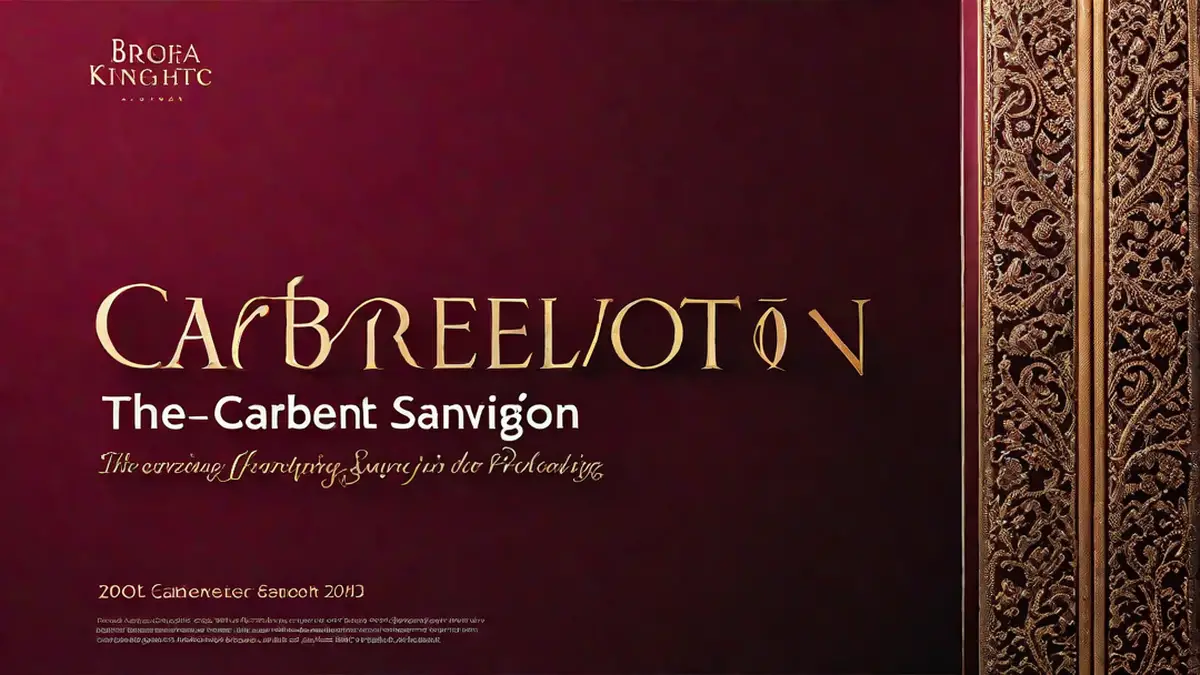As a wine aficionado, I often find myself pondering: how long can a Cabernet Sauvignon last? Known for its bold flavors and elegant aging potential, this robust red wine holds a place of high regard among wine lovers across the globe. Grasping its ageing timeline and savoring capabilities can profoundly enhance our appreciation of this esteemed variety.
In general, Cabernet Sauvignon has excellent aging potential due to its high tannin and acidity levels. These characteristics help the wine develop complex flavors and aromas over time. However, the aging potential of Cabernet Sauvignon can vary depending on several factors, including the winemaking techniques used, grape quality, storage conditions, and personal preference.
Cabernet Sauvignon can be enjoyed young, usually within 3 to 5 years of its vintage, when it exhibits primary fruit flavors like blackcurrant, blackberry, and plum. These youthful characteristics are vibrant and lively, making it an excellent choice for immediate consumption.
However, if you prefer more developed and nuanced flavors, aging Cabernet Sauvignon for a longer period can be rewarding. The secondary and tertiary flavors that develop with age can include notes of cedar, leather, tobacco, and earthiness.
It’s important to note that not all Cabernet Sauvignon wines are suitable for long-term aging. Some wines are meant to be enjoyed in their youth and may not improve with additional cellaring. It’s always a good idea to consult the winemaker’s recommendations or seek advice from knowledgeable wine professionals when considering aging a specific bottle.
Proper storage conditions are crucial for the longevity of Cabernet Sauvignon. Wine should be stored in a cool, dark place with a consistent temperature and humidity level. Temperature fluctuations and exposure to light can harm the wine and negatively impact its aging potential.
When it comes to aging Cabernet Sauvignon, personal preference plays a significant role. Some wine lovers enjoy the vibrant fruit flavors of a younger wine, while others appreciate the complexity and depth that come with extended aging. Experimenting with different vintages and finding your own preference can be a delightful journey in itself.
In conclusion, Cabernet Sauvignon can last anywhere from a few years to several decades, depending on various factors. Understanding its aging potential, proper storage, and personal preferences can help us determine the ideal time to enjoy this iconic red wine. So, whether you choose to savor a young and fruit-forward Cabernet Sauvignon or relish the complexity of an aged bottle, the choice is entirely up to you.
